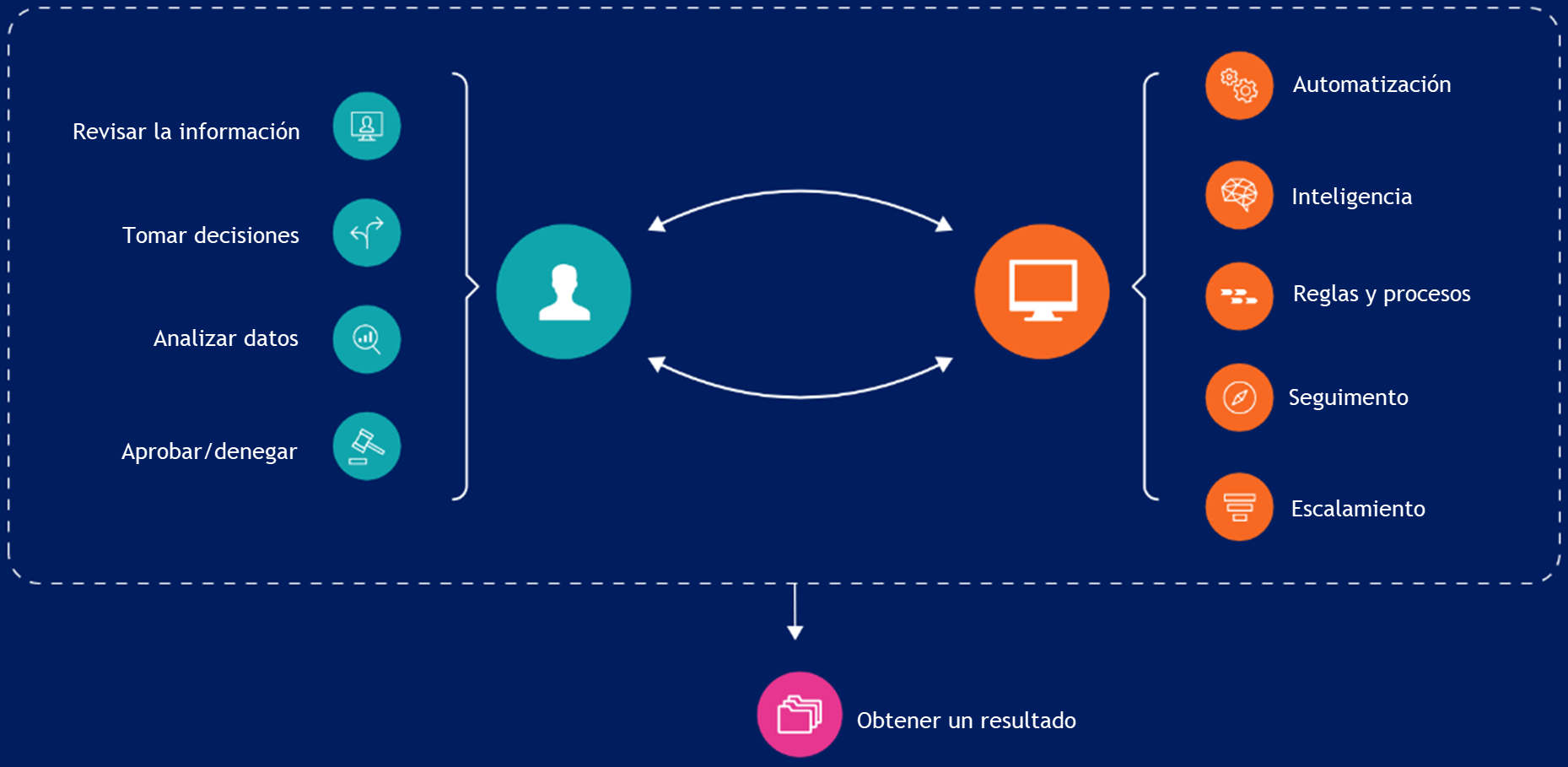
Software application development
A systematic approach to building and deploying enterprise software applications to improve business outcomes

What is software application development?
Software application development describes the series of steps required to create, design, test, and deploy a software application from start to finish. Enterprise software application development commonly requires multiple stakeholders and teams to work together to plan, build, implement, and maintain a software application.
The software application development lifecycle
Software application development is often broken down into stages or phases that teams follow to create applications in a systematic and efficient way. This is called the software application development lifecycle (SDLC). These stages or phases of an SDLC typically include:
- Requirements planning and analysis
- Feasibility study
- Design
- Development
- Testing
- Deployment
- Maintenance
Development methodologies
It’s common for organizations to use a specific project management approach for software application development projects. Typically referred to as methodologies, the two most common software application development methodologies are Agile and Waterfall.
- Agile: An iterative project management approach that allows for simultaneous work on multiple phases of the SDLC
- Waterfall: A project management approach in which each distinct phase in the SDLC is completed in sequence before beginning the next phase.
Why is software application development important?
Business moves faster than it ever has in the digital world. A well-developed software application can help organizations work more efficiently and deliver higher-quality outcomes more quickly.
By understanding the software application development process and the SDLC, business leaders can plan the most cost-effective strategy to developing, implementing, and maintaining the high-quality software applications crucial to their business.


Rethink software application development
Learn how low-code development helps you do more with what you have

How does case management work?
Essentially, a case represents work that an organization performs to achieve an outcome, such as recruiting a new employee. Lots of tasks and processes – whether planned or unplanned – may be performed to complete the work and deliver the outcome defined by the case.
Frequently Asked Questions about software application development
Client case studies
See how organizations are using low code to solve challenges and build value fast.
Discover how Google used low code to quickly build a better ticketing system
Learn how NAB uses low-code application development to drive faster time to value
See how the U.S. Census Bureau used a low-code platform to simplify data collection


